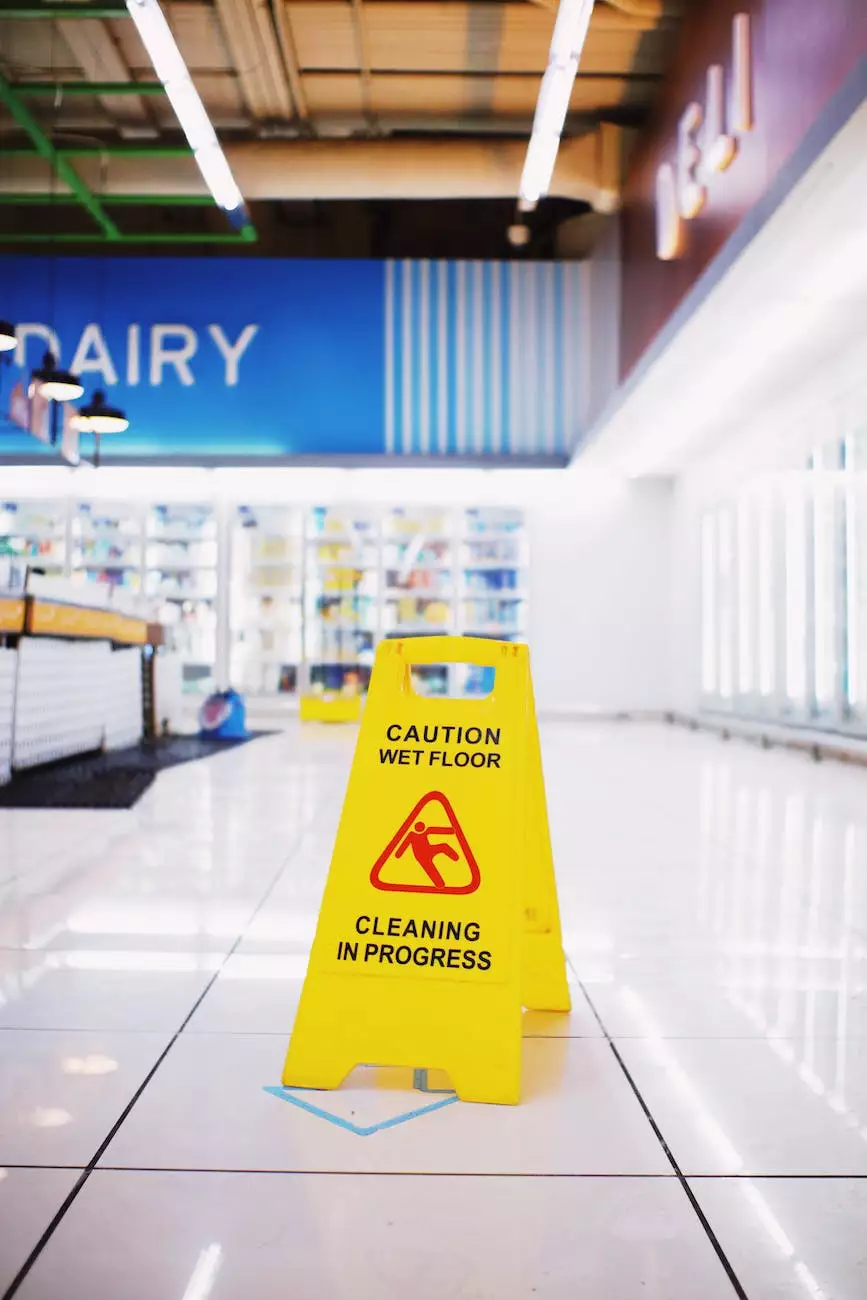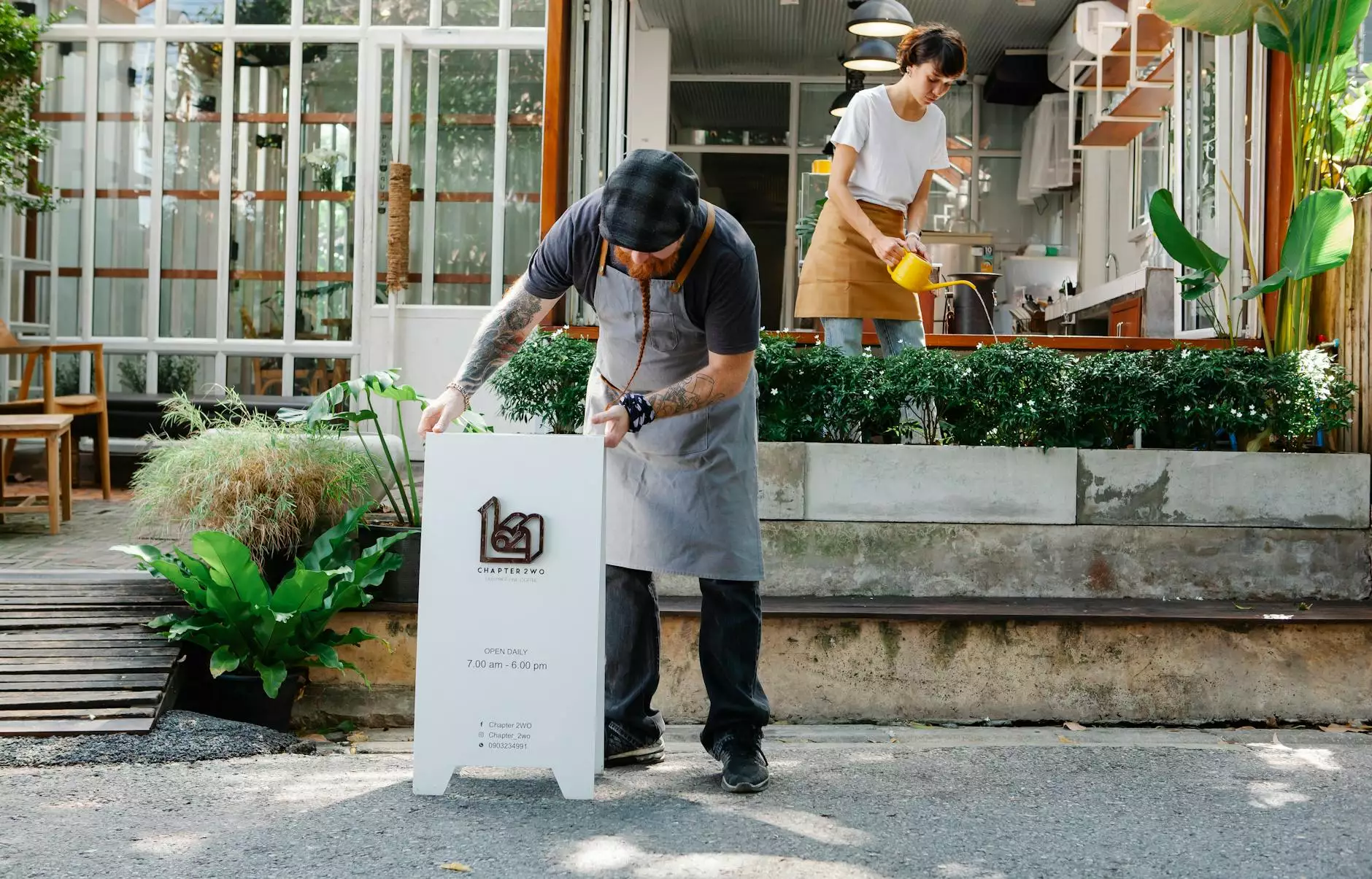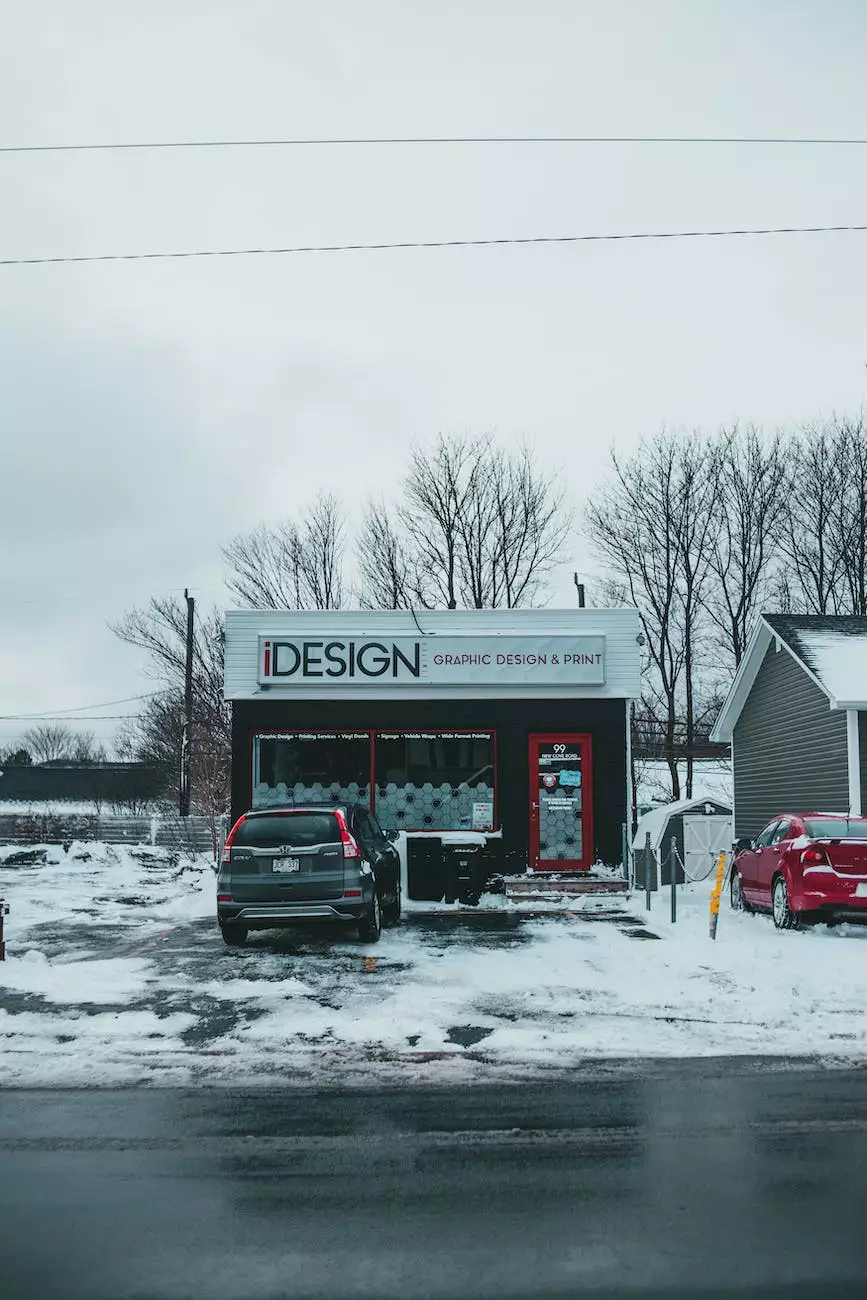How To Avoid the Not Secure Warning In Chrome Browsers
Blog
Welcome to the Shortcut Web Design's blog, where we provide valuable insights and solutions related to website development and the avoidance of not secure warnings on Chrome browsers. As a leading business in the website development industry, we understand the importance of maintaining a secure browsing experience for our clients and users. In this comprehensive guide, we will delve into the details of the not secure warning in Chrome and provide you with practical tips to ensure your website is secure.
Understanding the Not Secure Warning
Before we explore the solutions, it is critical to comprehend the significance of the not secure warning in Chrome browsers. When a website is flagged as not secure, it means that the connection between the visitor's browser and the website is not encrypted. This poses a risk as sensitive information could be intercepted by malicious actors.
Why Is Secure Browsing Important?
Secure browsing is essential for both businesses and consumers. For businesses, a secure website enhances customer trust and credibility. It demonstrates that the organization values user privacy and takes necessary measures to protect their data. On the other hand, consumers benefit from secure browsing as it safeguards their personal and financial information. With increasing online threats, everyone should be cautious and prioritize secure online experiences.
Steps to Avoid the Not Secure Warning
1. Obtain an SSL Certificate
An SSL (Secure Sockets Layer) certificate is crucial for establishing a secure connection between a web server and a user's browser. It encrypts the data transmitted, making it difficult for unauthorized individuals to access sensitive information. Obtain an SSL certificate from a trusted Certificate Authority (CA) to ensure your website is secured with HTTPS.
2. Update Your URLs
Make sure all internal links and external resources on your website are updated to use the HTTPS protocol. This includes images, stylesheets, JavaScript files, and any other elements that directly impact your website's functionality. Updating your URLs will ensure visitors are not greeted with the not secure warning.
3. Properly Configure Mixed Content
Mixed content occurs when a secure HTTPS page also contains non-secure elements, such as images or scripts loaded via HTTP. Chrome browsers will flag this as not secure. Take the time to identify and update all mixed content on your website to maintain a secure browsing experience for your users.
4. Employ HTTP Strict Transport Security (HSTS)
Implementing HSTS is an excellent way to enhance the security of your website. HSTS informs the browser to only establish connections via HTTPS, even if the user manually enters "HTTP" in the address bar. This prevents potential attacks through downgrade attempts.
5. Keep Your Website Software Up to Date
Regularly updating your website's software, including plugins, themes, and content management systems (CMS), is crucial for security. Outdated software may contain vulnerabilities that can be exploited by attackers. Stay vigilant and ensure you have the latest versions installed.
6. Establish a Web Application Firewall (WAF)
A web application firewall acts as a protective layer between your website and potential threats. It analyzes incoming traffic, blocks suspicious activity, and filters out malicious requests. Implementing a WAF adds an extra layer of security to your website and helps prevent not secure warnings.
Conclusion
In conclusion, ensuring your website avoids the not secure warning on Chrome browsers is of utmost importance for a secure browsing experience. By following the steps outlined in this guide, you can take proactive measures to guarantee your users' data is protected. At Shortcut Web Design, we prioritize website security and provide comprehensive website development solutions to help businesses thrive in today's digital landscape. For further assistance or inquiries, please don't hesitate to contact us.










